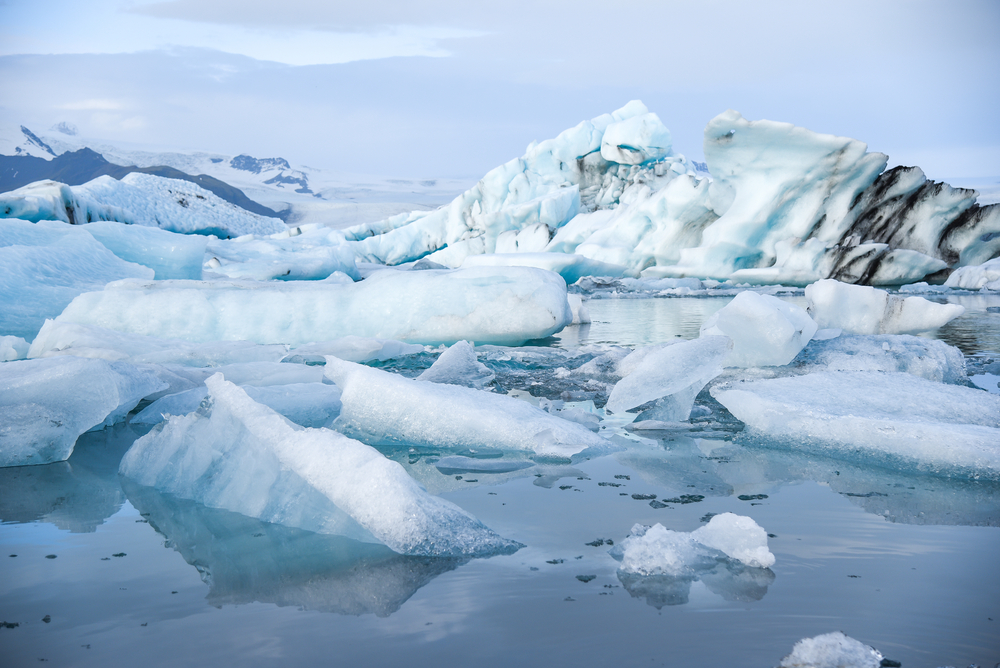
Arctic Report Card showings warming in overdrive at the North Pole
Each year, the National Oceanic and Atmospheric Administration releases its Arctic Report Card, and this year’s is showing some new high scores – but not in a good way.
The grades are in, and the Arctic broke several high temperature records, along with record low amounts of sea ice and rapidly shrinking glaciers.
The record-setting extremes show a disturbing trend of long-term Arctic warming, according to Dr. Jeremy Mathis, the head of Arctic research for NOAA. The warm weather is even intruding on normally cold months, when ice is usually building back up in the region, he said.
The Arctic seems to be warming faster than the rest of the world, he added, pointing to data gathered by the researchers.
Among the extremes logged by NOAA researchers in 2016’s peer-reviewed Arctic Report Card:
- October 2015 through September 2016 had the highest average temperatures observed in the region since 1900, when records began.
- Water temperatures off the coast of Greenland were 9 degrees Fahrenheit higher than the 30-year average.
- From mid-October through November, sea ice was the lowest on record for that time of year, though it did not set minimum records the rest of the year.
- Snow cover reached a record low for North America during the spring, for the first time since satellites first began recording that data in 1967.
- Greenland’s ice sheet began to shrink on April 10, the earliest start of the melt season on record.
It’s not just the NOAA scientists who are concerned by weather extremes in the Arctic. The Arctic Report Card has other polar researchers worried.
Dr. Mark Serreze of the National Snow and Ice Data Center called it the most extreme year in the Arctic he’d ever seen.
Though climate change is partially to blame, an extreme El Niño in 2015 and 2016 may have added to the warming, the NOAA researchers said.
Extremes in the Arctic can mean extremes elsewhere, said Dr. Brendan Kelly, who studies the Arctic at the University of Alaska, Fairbanks and was a co-author of the NOAA report.
As sea ice melts, more cold air from the Polar Vortex can escape, causing extreme weather events further south, he said.













